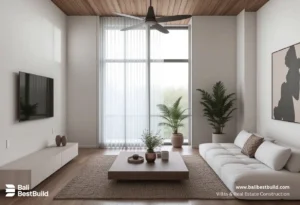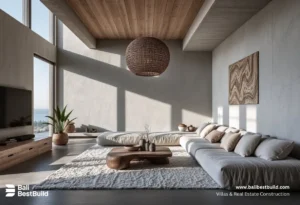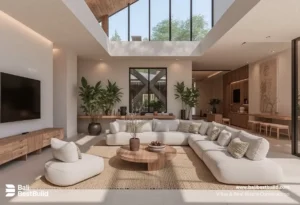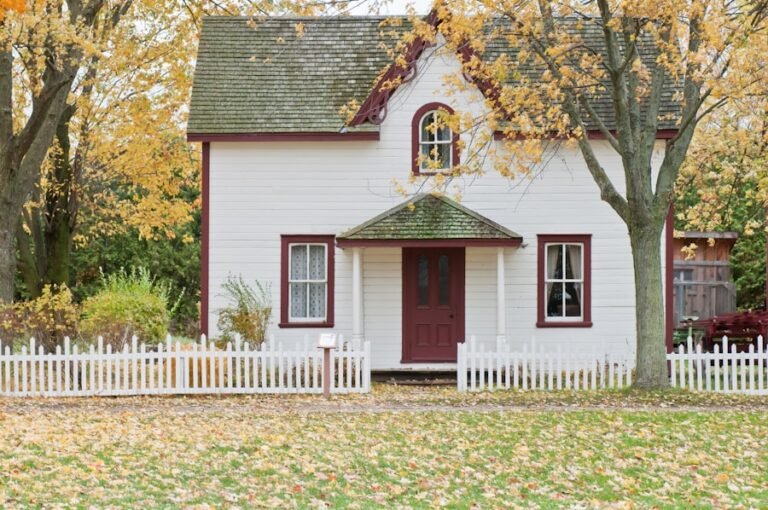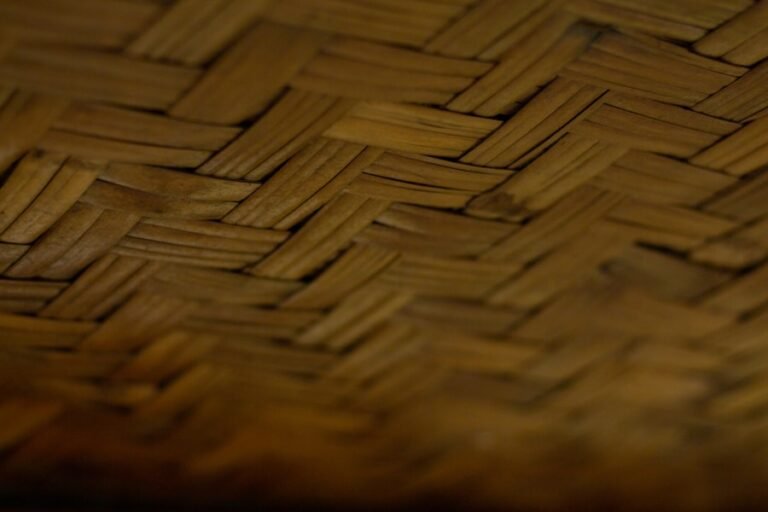Balinese architecture has a rich and diverse history that dates back to ancient times. Influenced by a variety of cultures, including Indian, Chinese, and Javanese, Balinese architecture has evolved over the centuries to become a unique and distinctive style. The earliest examples of Balinese architecture can be found in the island’s ancient temples and palaces, which were built using traditional materials such as stone, wood, and thatch. These structures were often adorned with intricate carvings and sculptures, reflecting the island’s deep spiritual and artistic traditions.
During the 10th century, the Majapahit Empire, based in Java, began to exert its influence over Bali, bringing with it new architectural styles and techniques. This period saw the construction of grand temples and palaces, many of which still stand today as testament to the island’s rich architectural heritage. In the 16th century, Bali came under the rule of the powerful Gelgel dynasty, which further shaped the island’s architectural landscape. The Gelgel period saw the construction of elaborate water palaces and royal compounds, characterized by their ornate carvings and lush gardens. Balinese architecture continued to evolve with the arrival of European colonizers in the 19th century, who brought with them new building materials and construction methods. Today, Balinese architecture is a vibrant blend of ancient traditions and modern influences, reflecting the island’s complex history and cultural diversity.
Key Elements of Balinese Architecture
Balinese architecture is characterized by several key elements that are integral to its unique style. One of the most prominent features of Balinese architecture is its use of traditional materials, such as stone, wood, and thatch. These natural materials are often sourced locally and crafted by skilled artisans, giving Balinese buildings a timeless and organic quality. Another defining element of Balinese architecture is its intricate carvings and sculptures, which adorn many temples, palaces, and homes across the island. These carvings often depict scenes from Hindu mythology or local folklore, adding a sense of spirituality and cultural significance to the buildings.
Balinese architecture also places a strong emphasis on open-air spaces and natural ventilation, with many buildings featuring large windows, open courtyards, and verandas. This design allows for a seamless connection between the interior and exterior, creating a sense of harmony with the surrounding environment. Additionally, water features such as fountains, ponds, and pools are commonly found in Balinese architecture, symbolizing purity and prosperity. Finally, the use of traditional Balinese roof structures, known as “alang-alang” or thatched roofs, is a defining characteristic of the island’s architectural style. These steeply pitched roofs are not only practical for shedding rainwater but also add a sense of rustic charm to Balinese buildings.
Traditional Balinese Design Inspiration
Traditional Balinese design draws inspiration from a variety of sources, including nature, mythology, and religious beliefs. The island’s lush tropical landscape has long been a source of inspiration for Balinese architects and artisans, who incorporate natural elements such as flowers, leaves, and animals into their designs. This can be seen in the intricate carvings and sculptures that adorn many Balinese buildings, which often feature motifs inspired by local flora and fauna. Additionally, Balinese design is heavily influenced by Hindu mythology, with many buildings featuring depictions of gods, goddesses, and mythical creatures from ancient epics such as the Ramayana and Mahabharata.
Religious beliefs also play a significant role in shaping traditional Balinese design. The island’s Hindu population has a deep reverence for sacred spaces, which is reflected in the design of temples and shrines. These structures are often adorned with intricate carvings and sculptures that depict scenes from Hindu mythology, as well as symbols of protection and prosperity. Furthermore, traditional Balinese design is characterized by its use of symmetry and balance, reflecting the island’s belief in harmony and equilibrium. This can be seen in the layout of traditional compounds, which often feature a series of interconnected courtyards and pavilions arranged in a symmetrical pattern.
Balinese Architecture in Modern Design
In recent years, Balinese architecture has gained international recognition for its timeless beauty and unique aesthetic. As a result, many architects and designers around the world have been inspired by traditional Balinese design principles and have incorporated them into modern buildings and homes. One of the key elements of Balinese architecture that has been embraced by modern designers is its emphasis on open-air spaces and natural ventilation. This design approach has been particularly popular in tropical regions where climate control is a major consideration.
Another aspect of Balinese architecture that has been influential in modern design is its use of natural materials and traditional craftsmanship. Many contemporary buildings now feature elements such as stone carvings, wooden beams, and thatched roofs, creating a sense of warmth and authenticity. Additionally, the incorporation of water features such as fountains and pools has become a popular trend in modern architecture, adding a sense of tranquility and serenity to outdoor spaces.
Furthermore, the spiritual and cultural significance of traditional Balinese design has also resonated with modern designers, who seek to create buildings that are not only aesthetically pleasing but also meaningful. This has led to an increased interest in incorporating symbolic motifs and religious iconography into contemporary architecture, adding depth and significance to the built environment.
Incorporating Balinese Architecture into Your Home
For those who are drawn to the timeless beauty of Balinese architecture, incorporating its elements into your own home can be a rewarding endeavor. One way to bring a touch of Bali into your home is through the use of natural materials such as stone, wood, and thatch. Consider incorporating these materials into your home’s construction or renovation to create a sense of warmth and authenticity. Additionally, you can add Balinese-inspired carvings or sculptures to your home’s interior or exterior to infuse it with a sense of spirituality and cultural significance.
Another way to incorporate Balinese architecture into your home is through the use of open-air spaces and natural ventilation. Consider adding large windows or sliding doors to create a seamless connection between your home’s interior and exterior. You can also create outdoor living areas such as verandas or courtyards to enjoy the tropical climate while embracing the principles of Balinese design.
Furthermore, consider adding water features such as fountains or ponds to your outdoor spaces to create a sense of tranquility and serenity. These elements not only add visual interest but also contribute to a feeling of harmony with nature. Finally, consider incorporating traditional Balinese roof structures such as thatched roofs to add a sense of rustic charm to your home.
Sustainable Practices in Balinese Architecture
Balinese architecture has long been characterized by its sustainable practices and respect for the natural environment. Traditional buildings are designed to take advantage of natural ventilation and lighting, reducing the need for artificial cooling and lighting systems. Additionally, the use of natural materials such as stone, wood, and thatch minimizes the environmental impact of construction while creating buildings that blend seamlessly with their surroundings.
In recent years, there has been a renewed focus on sustainable practices in Balinese architecture, with many architects and designers seeking to incorporate eco-friendly principles into their projects. This includes the use of renewable materials such as bamboo and recycled timber, as well as the integration of passive design strategies to reduce energy consumption. Furthermore, there has been an increased emphasis on water conservation in Balinese architecture, with many buildings incorporating rainwater harvesting systems and efficient irrigation methods.
Additionally, sustainable landscaping practices have become an integral part of Balinese architecture, with an emphasis on native plants and organic gardening techniques. This not only creates beautiful outdoor spaces but also contributes to biodiversity conservation and ecosystem health. Overall, sustainable practices are an essential aspect of Balinese architecture that reflects the island’s deep respect for nature and commitment to preserving its natural beauty for future generations.
Exploring Balinese Architecture Through Travel
For those who are interested in experiencing the beauty of Balinese architecture firsthand, a visit to the island offers an opportunity to explore its rich architectural heritage. Bali is home to numerous ancient temples, palaces, and traditional villages that showcase the island’s unique architectural style. One of the most iconic examples of Balinese architecture is the Pura Besakih temple complex, known as the “Mother Temple” of Bali. Situated on the slopes of Mount Agung, this sprawling complex features a series of tiered pagodas adorned with intricate carvings and sculptures.
Another must-see destination for architectural enthusiasts is Ubud, known for its traditional arts and crafts as well as its stunning architecture. The Ubud Palace is a prime example of traditional Balinese design, featuring ornate carvings, lush gardens, and open-air pavilions. Additionally, visitors can explore traditional villages such as Penglipuran or Tenganan to experience authentic Balinese architecture in its original context.
Furthermore, Bali’s luxury resorts offer an opportunity to experience modern interpretations of Balinese architecture in a luxurious setting. Many resorts feature stunning examples of contemporary design that draw inspiration from traditional Balinese principles while offering all the amenities of a world-class destination.
In conclusion, Balinese architecture is a reflection of the island’s rich history, cultural diversity, and deep spiritual traditions. Its timeless beauty and unique aesthetic have inspired architects and designers around the world while continuing to shape the built environment on the island itself. Whether through travel or through incorporating its elements into our own homes, experiencing Balinese architecture offers an opportunity to connect with a living tradition that celebrates harmony with nature and spiritual significance in design.


